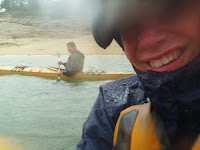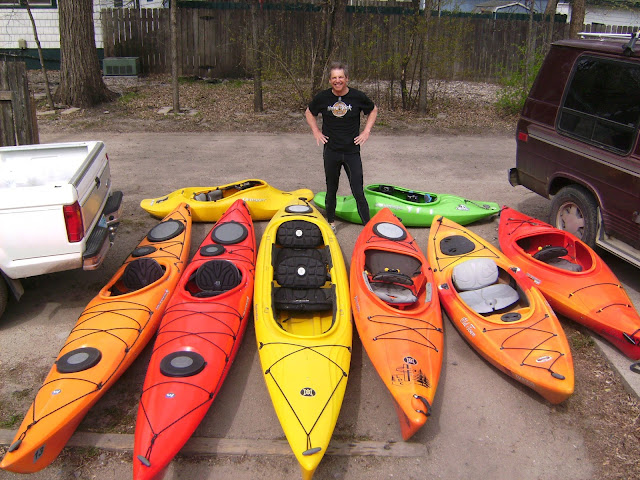Earth Day was this past week marking the 51st anniversary of celebrating our planet. Last year's event was observed in the shadow of the Covid-19 pandemic. Under normal circumstances, the 50th anniversary of Earth Day would have been marked with worldwide celebrations, festivals, and massive clean-up efforts. All while promoting a cleaner, healthier environment worldwide.
Instead, we were all celebrating indoors while practicing social distancing. Under the guidelines of stay-in-place restrictions, environmental groups canceled all their outdoor activities and events and chose to rally online.
Little did we know then, but it what was in store for the rest of the year. Annual summer holidays like Memorial Day, July 4th, and Labor Day, we were told to stay in place and avoid large crowds. Health experts said the risks of exposure were reduced while being outside. Soon, the great outdoors began attracting people in unprecedented numbers. Dispersed camping was all the rage as folks attempt to hunker down in the quest to flee COVID-19.
By the fall of 2020, it has seemed like the pandemic might never end. The death tolls continued to mount as holidays were put on hold. But now, as we celebrate another Earth Day, it a bit brighter than the last one. Vaccines have been developed faster than most experts had imagined, and more than millions of Americans have been vaccinated. Sure, health officials are still advising caution. But, they are saying by this summer, we might be able to safely gather in small groups again.
In the past year, the Covid-19 pandemic has certainly brought devastation across the earth. But it also showed us how billions of its citizens could come together to protect members of society and ensure that those who need medical care can access it.
It showed how quickly, through international cooperation and science research, a vaccine could be developed and delivered to its citizens.
"Like Covid-19, climate change is affecting us all. It is already devastating communities, impacting public health, and taking a toll on economies," wrote a research professor Robin Bell, at Columbia University’s Lamont-Doherty Earth Observatory, in an opinion piece for Undark, "And it is exacerbating disparities, with poor and vulnerable populations being affected the most. But the same tools that we have sharpened during the pandemic — a willingness to engage with scientific literature, the will to take action, a sense of global connection — can be used to help address the health of our planet."
 |
| Lake Jenkinson at Sly Park |
For years scientists have warned us about the effects of climate change. In California, water officials brace for more drought-like conditions as the state ends its third driest winter season ever. Typically the wettest months of the year are December, January, and February, but this year rain and snowfall at higher elevations in Sierra fell below average month after month. That means less water during the summer months for the state’s parched reservoirs and rivers.
“California is facing the familiar reality of drought conditions, and we know the importance of acting early to anticipate and mitigate the most severe impacts where possible,” Governor Gavin Newsom said at a news conference at Lake Mendocino this week.
He said, “Climate change is intensifying both the frequency and the severity of dry periods. This ‘new normal’ gives urgency to building drought resilience in regions across the state and preparing for what may be a prolonged drought at our doorstep.”
But as we all know, it not just in California. Hurricanes, wildfires, droughts, and floods continue to increase in frequency and severity around the world affecting millions of people.
If we have learned anything from the Covid-19 pandemic, is that we have to trust our science and take action globally. We must apply the same lessons used in solving our worldwide pandemic to address our climate crisis. It will only be through global cooperation that we will save our planet. Happy Earth Week.
















